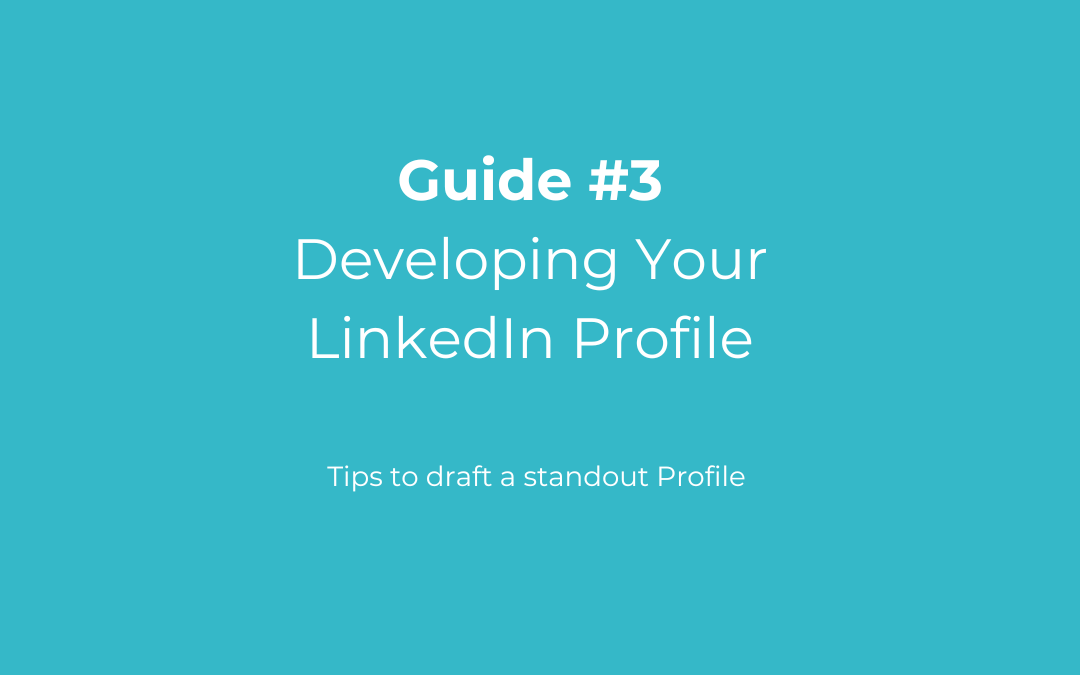Starting Out
- For lawyers, a compelling LinkedIn profile can be a powerful tool for networking, job hunting, and establishing thought leadership.
- This guide focuses on crafting a standout headline, summary, and experience section, providing practical tips, expert advice, and strong examples to help you optimize your profile.
1. Crafting a Strong Headline
- Your headline is one of the first things people notice on your LinkedIn profile. It should clearly convey your professional identity and area of expertise.
- Be Specific and Descriptive: Highlight your practice area and role.
- Use Keywords: Incorporate terms that potential clients or employers might search for.
- Show Value: Indicate how you help clients or what makes you unique.
2. Examples of Effective Headlines:
- “Senior Partner at XYZ Law Firm | Expert in Corporate Law”
- “Litigation Attorney | Helping Businesses Navigate Complex Legal Issues”
- “Intellectual Property Lawyer | Protecting Innovations in Technology and Life Sciences”
Expert Tip: Avoid jargon and abbreviations that may not be understood by everyone. Keep it professional yet accessible.
3. Crafting a Compelling Summary
Your summary is your elevator pitch. It should provide a snapshot of your professional journey, skills, and passions.
Tips for Writing an Engaging Summary:
- Start with a Hook: Begin with a strong opening that grabs attention.
- Tell Your Story: Highlight your background, key achievements, and what drives you.
- Showcase Your Expertise: Mention your specialties and notable cases or projects.
- Include a Call-to-Action: Encourage readers to connect, reach out, or learn more about you.
4. Examples of Strong Summaries:
Example 1:
“I am a Senior Partner at XYZ Law Firm with over 15 years of experience in corporate law. My passion lies in helping businesses navigate complex legal challenges to achieve their goals. I have successfully negotiated over 100 mergers and acquisitions, securing favourable outcomes for my clients. Outside the courtroom, I am a frequent speaker at industry conferences and a contributor to legal publications. Let’s connect to discuss how I can help your business thrive.”
Example 2:
“As an Intellectual Property Lawyer, I specialize in protecting innovations in technology and life sciences. My career has been dedicated to safeguarding the intellectual assets of start-ups and established companies alike. With a background in biotechnology, I bring a unique perspective to IP law, ensuring comprehensive protection for my clients. Feel free to reach out if you need robust IP strategies to protect your inventions.
Expert Tip:
Use the first person to make your summary more personal and engaging. Break up text with bullet points or short paragraphs to enhance readability.
5. Detailing Your Experience Section
Your experience section should do more than list job titles; it should highlight your accomplishments and the impact you’ve made.
Tips for Enhancing Your Experience Section:
- Focus on Achievements: Highlight specific results and outcomes rather than just responsibilities.
- Use Metrics: Quantify your achievements to give them more weight.
- Be Concise: Use bullet points to make information easy to scan.
Examples of Strong Experience Descriptions:
Example 1:
- Senior Partner, XYZ Law Firm
- Led a team of 20 attorneys in the successful negotiation of over 100 mergers and acquisitions, resulting in an average client satisfaction rating of 95%.
- Implemented innovative legal strategies that reduced client litigation costs by 30%.
- Recognized as a top corporate lawyer by Legal 500 for three consecutive years.
Example 2:
- Intellectual Property Attorney, ABC Legal Services
- Secured 50+ patents for clients in the biotechnology sector, contributing to the protection of groundbreaking innovations.
- Successfully defended clients in IP litigation cases, achieving a 90% success rate in court.
- Advised startups on IP strategy, helping them attract over $10 million in venture capital funding.
Expert Tip:
Start each bullet point with a strong action verb (e.g., “Led,” “Implemented,” “Secured”) to make your accomplishments stand out.
6. Other Profile Sections
While the headline, summary, and experience sections are crucial, other parts of your LinkedIn profile also deserve attention:
Profile Picture and Background Photo:
- Use a high-quality, professional headshot.
- Choose a background photo that reflects your professional environment.
Education and Certifications:
- List your educational background and relevant certifications.
- Highlight continuing education and professional development.
Skills and Endorsements:
- Select key skills that reflect your expertise.
- Encourage colleagues and clients to endorse these skills.
Recommendations:
- Request impactful recommendations from clients and colleagues.
- Provide specific details when writing recommendations for others.
Conclusion
By focusing on crafting a compelling headline, summary, and experience section, you can create a LinkedIn profile that stands out and effectively markets your professional abilities.
Remember to keep your profile updated, engage with your network, and continuously refine your content based on feedback and analytics. With these tips, you’ll be well on your way to leveraging LinkedIn for professional growth and success.
